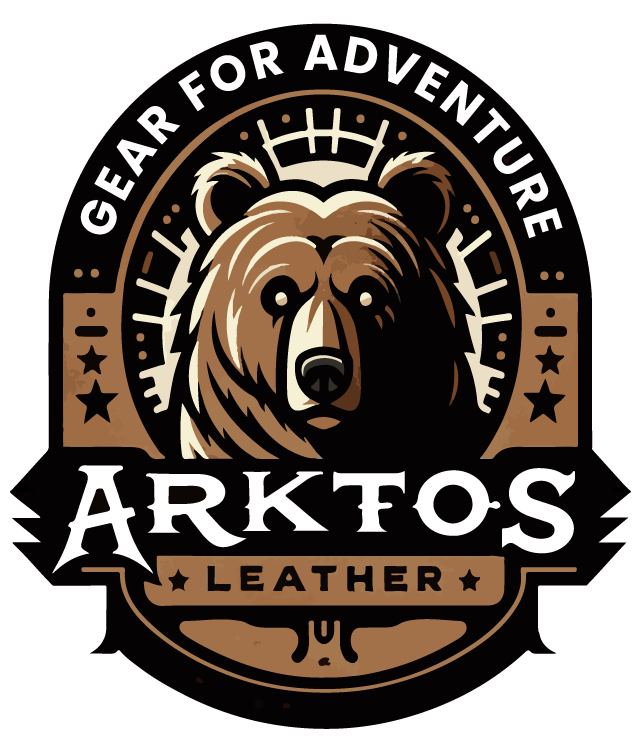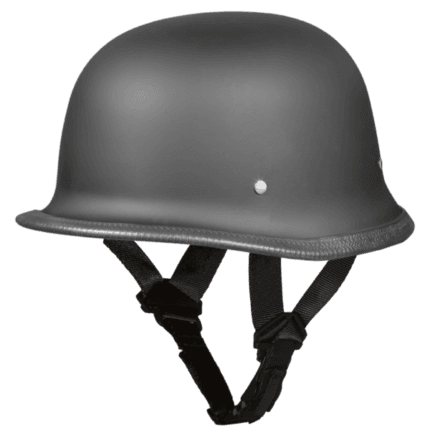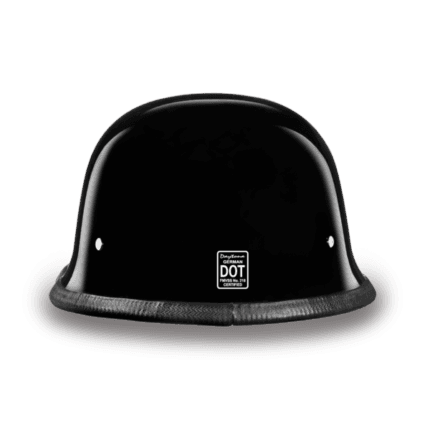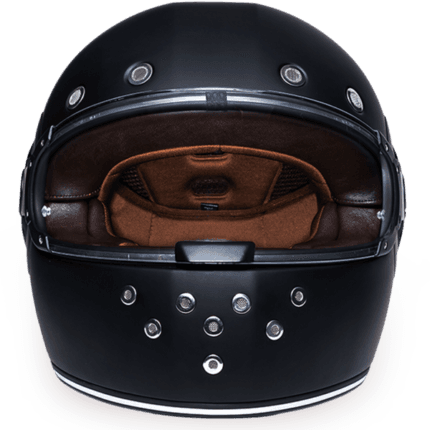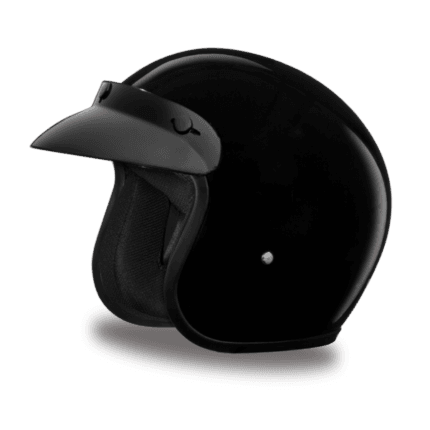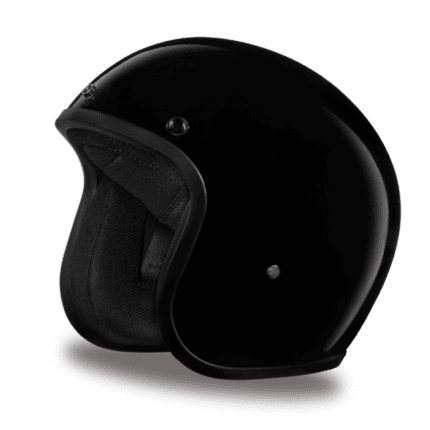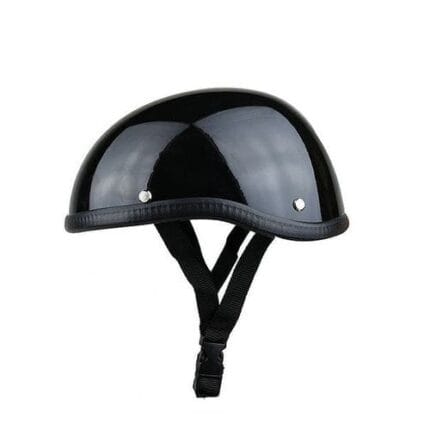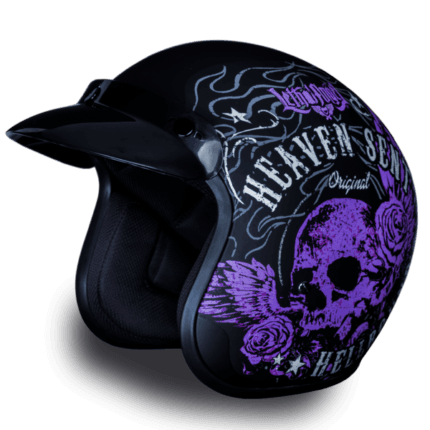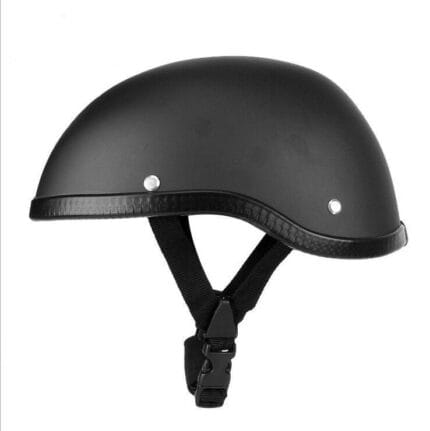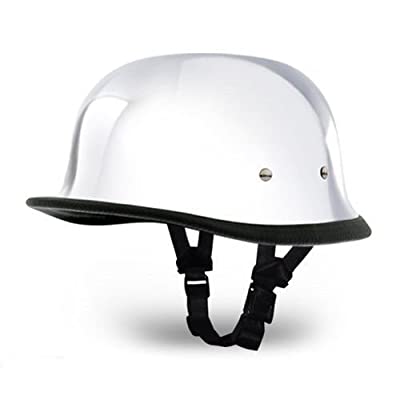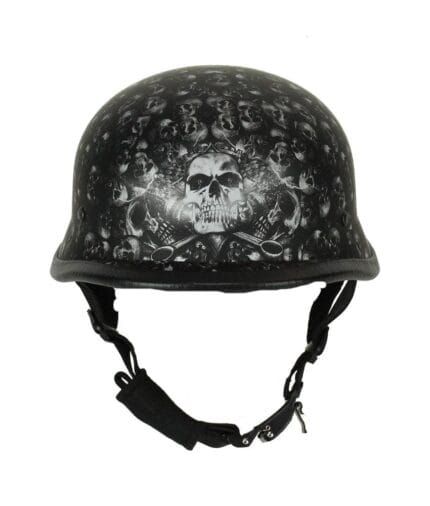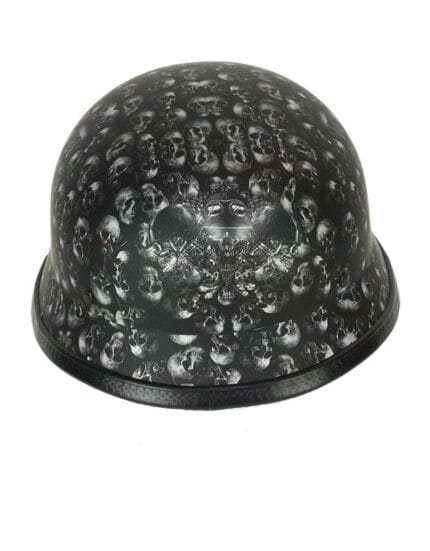For avid motorcyclists, a helmet isn’t just a safety accessory—it’s a statement of identity and a crucial element of their riding experience. In the world of motorcycle gear, helmets hold a dual role, providing unparalleled protection while allowing riders to express their unique style. In this detailed exploration, we delve into the diverse landscape of motorcycle helmets, examining the evolution, styles, and the intersection of safety and fashion.
The Evolution of Motorcycle Helmets
The history of motorcycle helmets traces back to the early 20th century when riders began realizing the importance of head protection. The evolution from basic leather caps to the advanced helmets we see today is a testament to ongoing innovations in safety and design.
From Leather Caps to Full-Face Shields
Early motorcycle helmets were rudimentary, offering minimal protection. Over the decades, advancements led to the development of full-face helmets, incorporating features like face shields and ventilation systems, significantly enhancing safety and comfort.
Integration of Technology
In the modern era, helmets have become technologically advanced, featuring integrated communication systems, noise reduction technology, and even heads-up displays. These innovations not only prioritize safety but also cater to the evolving needs of riders.
Styles of Motorcycle Helmets
1. Full-Face Helmets
Full-face helmets provide comprehensive coverage, protecting the entire face and head. Popular among sportbike riders and those prioritizing maximum protection, these helmets offer a sleek and aerodynamic design.
2. Open-Face Helmets
Embracing a more classic aesthetic, open-face helmets cover the top, back, and sides of the head but lack a chin bar. This style offers a balance between protection and visibility, making it a popular choice for cruiser riders.
3. Modular Helmets
Combining the features of full-face and open-face helmets, modular helmets have a hinged chin bar that can be lifted. This versatility allows riders to enjoy the protection of a full-face helmet or the convenience of an open-face design.
Choosing the Right Motorcycle Helmet
Selecting the perfect helmet involves considering both safety features and personal preferences. Here are essential factors to guide your choice:
1. Safety Standards
Ensure the helmet complies with safety standards such as DOT (Department of Transportation) or ECE (Economic Commission for Europe). These certifications guarantee that the helmet meets essential safety requirements.
2. Fit and Comfort
A well-fitted helmet is crucial for safety. Consider the shape of your head and try on different helmets to find the one that offers a snug yet comfortable fit. Features like ventilation also contribute to overall comfort during rides.
3. Style and Aesthetics
Express your personal style by choosing a helmet that aligns with your aesthetic preferences. Whether it’s a sleek full-face design, a retro open-face look, or the versatility of a modular helmet, your choice should reflect your individuality.
The Intersection of Style and Safety
A Form of Self-Expression
Motorcycle helmets have evolved beyond mere safety gear; they are a canvas for self-expression. Riders use helmet designs to showcase their personality, affiliations, and even commemorate memorable rides.
Safety as a Style Statement
In the contemporary motorcycle culture, safety is stylish. Helmet manufacturers recognize the importance of aesthetics, offering a wide range of graphic designs, color options, and customizable features without compromising on protective elements.
Motorcycle helmets stand at the intersection of safety and style, embodying the essence of the rider’s journey. As you embark on your motorcycle adventures, remember that your choice of helmet and leather gear is not just a practical decision—it’s a declaration of your commitment to both safety and the vibrant world of motorcycle culture.
